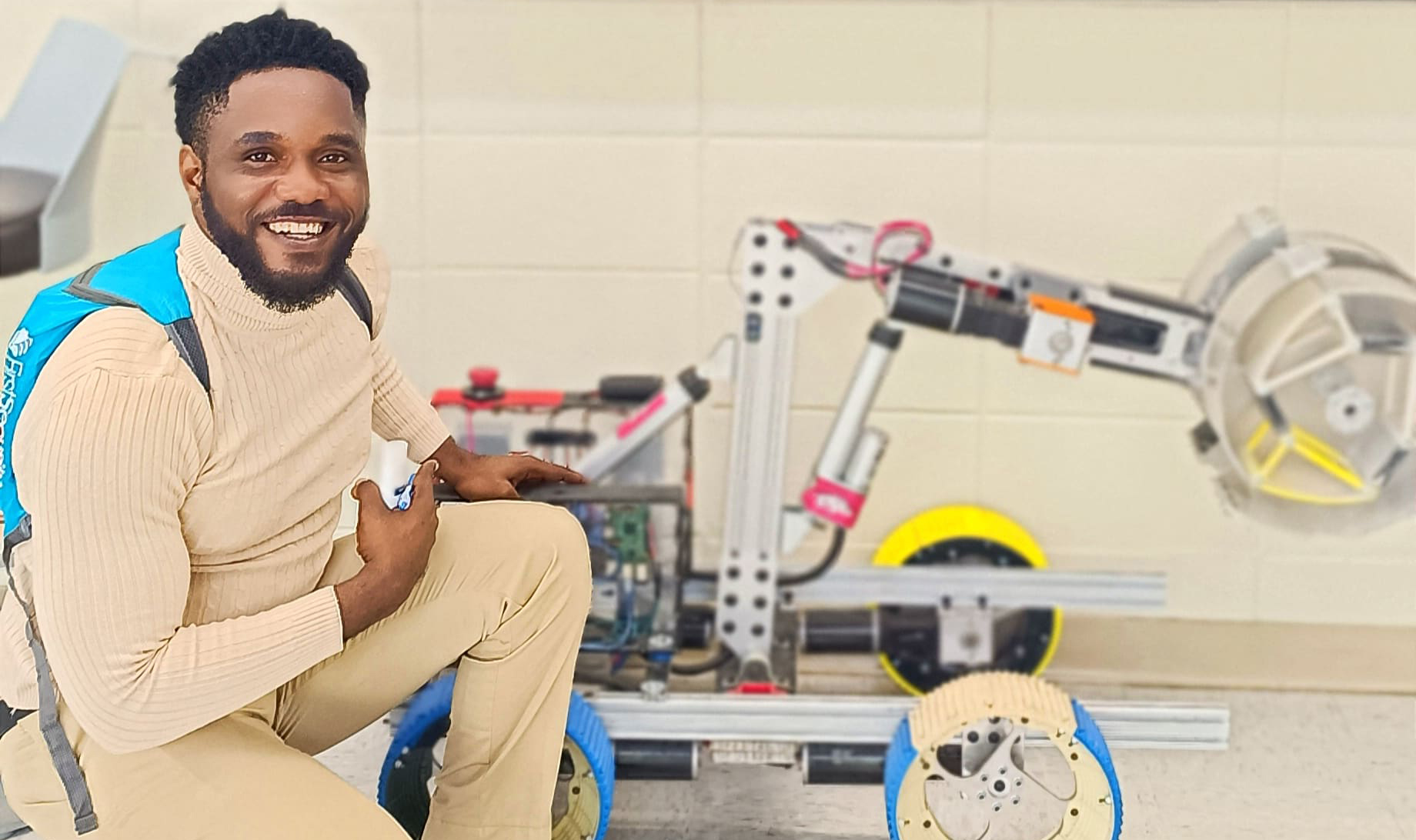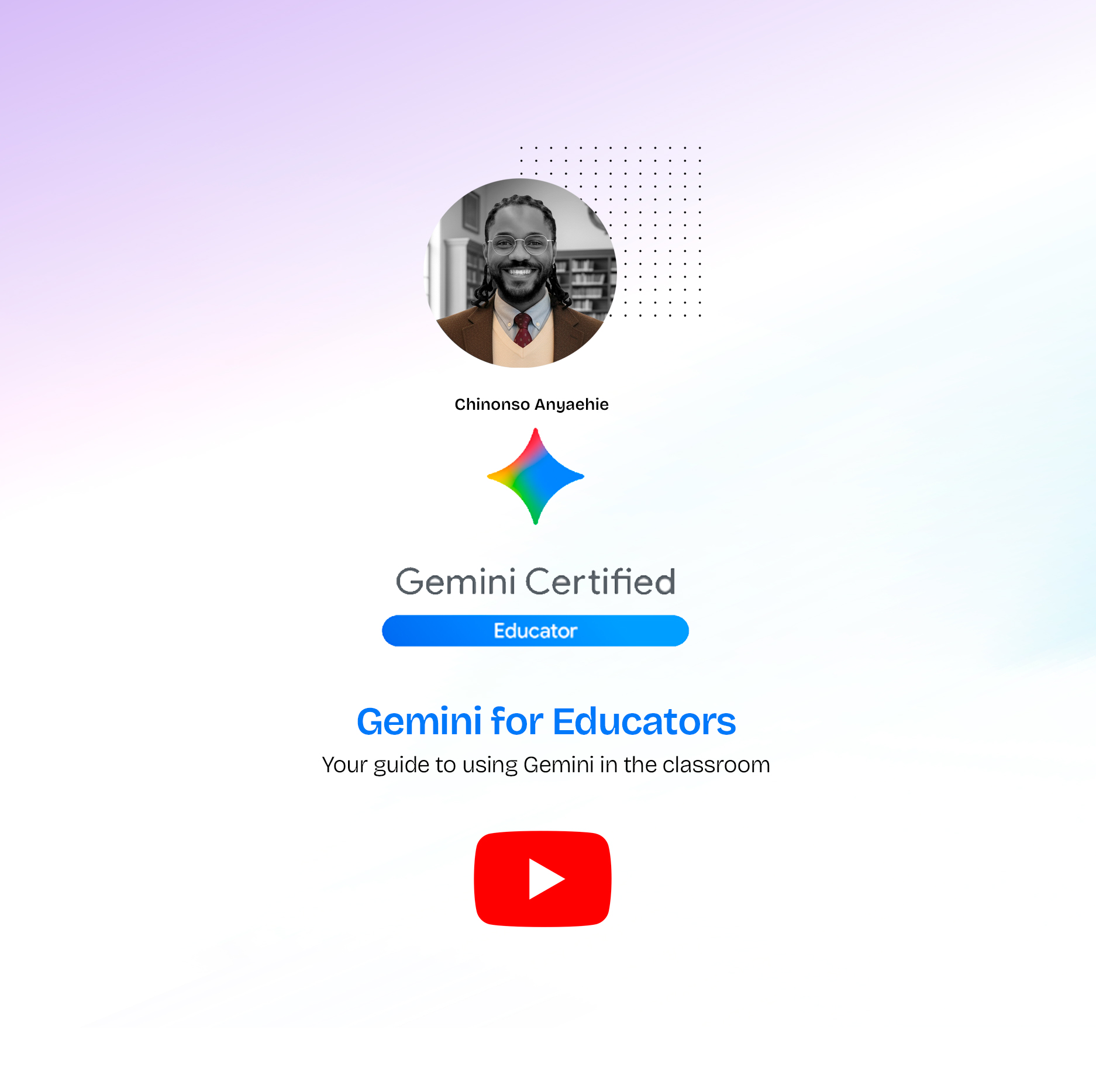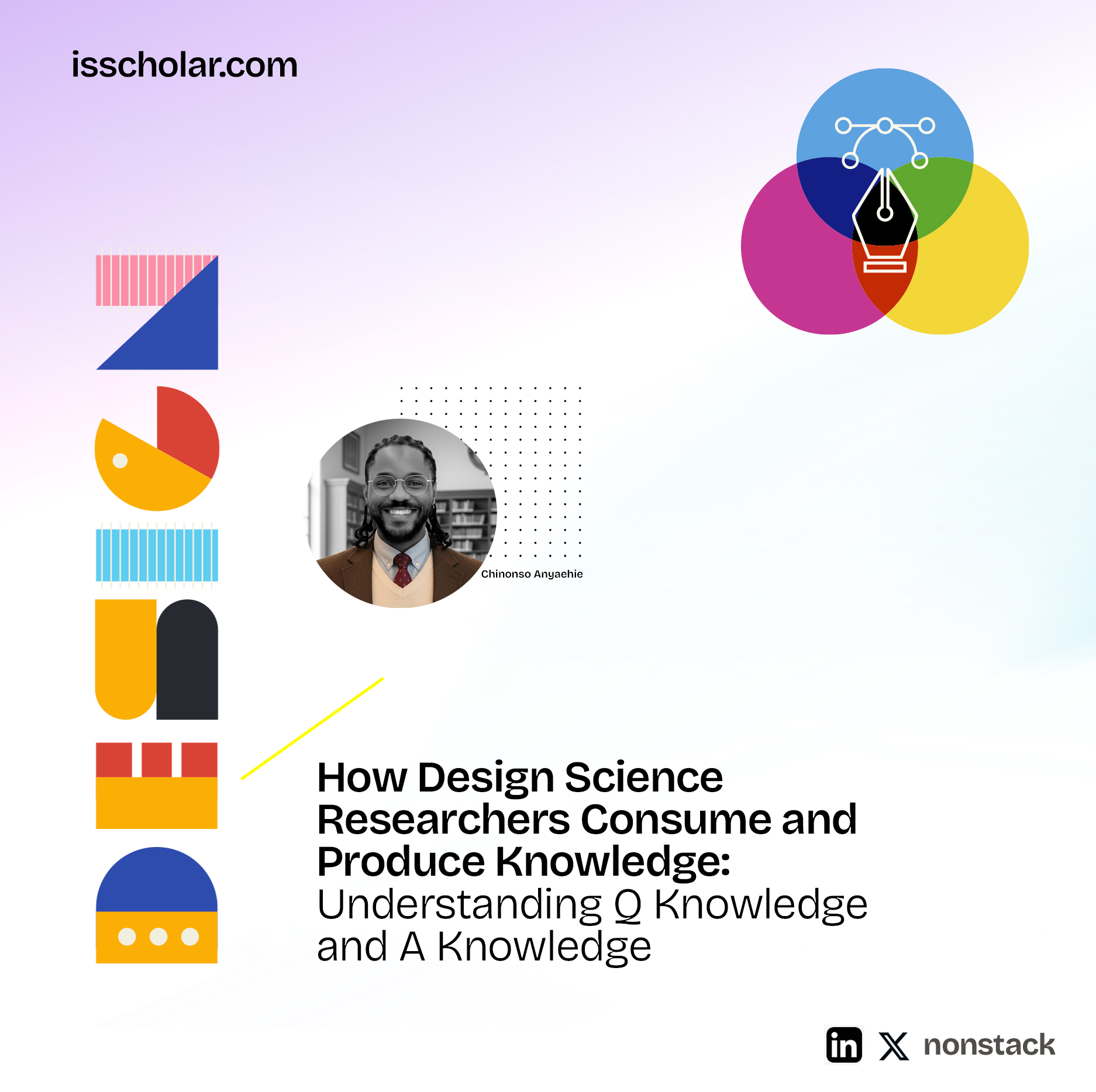My mother used to say something profound: “Anything one wakes up to is their morning.”
It doesn’t matter if the sun has already set. It doesn’t matter what the clock on the wall says. Your “morning” begins the precise moment you finally recognize what you have been sleeping on.
So, let me be direct, because kindness sometimes requires bluntness: If you do not have an active academic blog or digital portfolio, you are still sleeping.
Please—wake up.
The Era of “Smart” Is Over
We are no longer operating in an era where being intelligent is enough. We are no longer in a time where a formatted CV alone proves your worth.
We have entered the age of Artificial Intelligence. In a world where AI can generate summaries, code, and essays in seconds, the bar for human contribution has been raised. You now have to prove yourself 10x more. You must prove that your thoughts are your own, that your process is rigorous, and that your expertise is authentic.
Your ideas must live somewhere accessible. Your expertise must be visible. If your intellectual output exists only in your head or on a hard drive, for all professional intents and purposes, it does not exist.
The Scenario You Want to Avoid
Let me predict your future.
Soon, you will apply for a major opportunity. It might be a PhD program, a competitive grant, a fellowship, or a high-stakes collaboration. The gatekeepers will look at your application, and the very first question they will ask is:
“Can I see your portfolio?”
And in that moment, you will freeze. You will stare blankly at the email. You will frantically scramble through old Google Drive folders, looking for half-finished drafts or dusty assignments.
You will feel a deep, sinking regret. Why? Because you had the knowledge. You had the insights. You had the story. But you never documented it.
Documentation Is the Bare Minimum
An academic blog is not a luxury. It is not a vanity project. It is not “something I will start later when I have tenure” or “when things calm down.”
It is the foundation of your academic brand.
In today’s landscape, researchers are judged long before they ever step into the interview room. Your digital footprint introduces you before you ever shake a hand.
Think about it logically:
- When someone Googles your name, what do they find?
- When a potential collaborator wants to know if you can write, where is the evidence?
- When a committee hears your name, what content validates your expertise?
If you cannot answer these questions confidently, you are not positioning yourself for the opportunities coming your way.
A Blog Is Just a Vehicle—The Destination Is Credibility
I started isscholar.com before I ever received my PhD offer. I didn’t start it because I wanted attention, or because I had every theory figured out. I started it because I understood one fundamental truth about the modern economy:
The internet rewards the people who create, not the people who quietly wait.
Your blog is not just a website. It serves as:
- Your Publication Pipeline: A place to test ideas before they become papers.
- Your Idea Laboratory: A sandbox for half-formed thoughts.
- Your Academic Diary: A record of your growth.
- Your Credibility Engine: Proof that you do the work.
You do not need to publish “perfect” content. In fact, perfection is the enemy here. You need to show your process.
Share your notes. Share your diagrams. Share your annotated bibliographies. Share the code that didn’t work the first time and how you fixed it. Document the conferences you attend and the skills you are learning.
Documentation becomes proof. And proof becomes power.
The Tale of Two Applicants
To understand why this matters, let’s look at two hypothetical PhD applicants vying for a spot in a top-tier program.
Applicant A Applicant A is brilliant, but quiet. They have an excellent GPA and a standard CV. However, they have zero online presence. Beyond their Statement of Purpose, there is no writing sample available. There is no public evidence of their critical thinking, teaching ability, or research depth. They look “promising,” but they are invisible.
Applicant B Applicant B might not be as “polished” on paper. But they have a link in their signature. That link leads to a blog with:
- 18 reflective posts on current industry trends.
- Annotated summaries of the papers they’ve studied.
- Demonstrations of analytical thinking.
- A visible trail of curiosity and growth over the last year.
Who gets the interview? Committees trust visible consistency more than invisible brilliance. In the era of AI—where anyone can prompt a chatbot to say “I know this”—your personal portfolio becomes your truth.
Your Blog Is Your Armor
You cannot build an academic career in silence anymore. You need a place to store your ideas, publish your thinking, and prove your discipline.
Think of your blog as your first research assistant—quiet, reliable, always present, and always representing you to the world while you sleep.
The Beautiful Part
Here is the good news: You don’t need to break the bank. You don’t need a custom logo or fancy web design. You don’t need 100 posts in the backlog.
You just need to start.
Remember what my mother said: Anything one wakes up to is their morning.
Let this post be the morning you finally wake up to your academic future. Start the blog. Build the portfolio. Document the journey.
And watch the doors open.









Leave a Reply